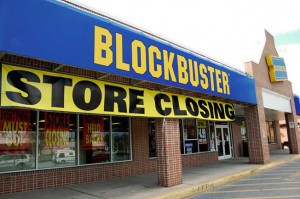insidevancouver.ca
My house is located just a couple of blocks away from the Arbutus corridor, so I often walk along the tracks and the accompanying community gardens and enjoy the rural quality that the land brings to the neighbourhood. It comes as no surprise to know that residents of the city become extremely upset when CP threatens to bulldoze the community gardens, store railway cars on this land and start running the rails again. No one believes that CP is making these development threats for any other reason than to anger Vancouver residents who will then push the city to cut a deal with CP for the property. As Robert Murphy states in his blog “CP”, this kind of action clearly seem unethical.
While the ethics related to this issue are very important, it is also possible to appreciate that CP would like to be paid fairly for the land. However, it is not clear what constitutes a fair price or how a value can be assigned to this corridor of land. As reported in the Globe and Mail article “Vancouver, CP Rail far apart on value of Arbutus rail corridor”, CP contends that the price per kilometre should be equivalent to that paid to the company by the city for a similar tract of land in 1996. Vancouver is suggesting a value closer to that paid in 2010 by Richmond for a section of decommissioned railway line. Given that current property values in Vancouver are much higher than property values in Richmond, CP is not being entirely unreasonable.
CP definitely has a right to be concerned about the price it is paid for the land it owns. However, as Robert Murphy suggests, the company must first and foremost act in an ethical manner and ensure that the community’s needs are protected. In the long run, it is quite likely that the public will reward CP for its choice to act responsibly.
http://www.theglobeandmail.com/news/british-columbia/vancouver-cp-rail-far-apart-on-value-of-arbutus-rail-corridor/article19817326/
http://www.theglobeandmail.com/news/british-columbia/clash-between-cp-vancouver-gardeners-heats-up-mayoral-race/article20086412/




